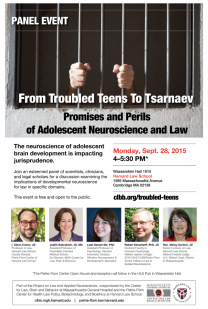By Tiffany A. Greenwood, Gregory A. Light, Neal R. Swerdlow, Monica E. Calkins, Michael F. Green, Raquel E. Gur, Ruben C. Gur, Laura C. Lazzeroni, Keith H. Nuechterlein, Ann Olincy, Allen D. Radant, Larry J. Seidman, Larry J. Siever, Jeremy M. Silverman, William S. Stone, Catherine A. Sugar, Debby W. Tsuang, Ming T. Tsuang, Bruce I. Turetsky, Robert Freedman, and David L. Braff | The American Journal of Psychiatry | August 10, 2015
Abstract:
Objective:
The Consortium on the Genetics of Schizophrenia Family Study evaluated 12 primary and other supplementary neurocognitive and neurophysiological endophenotypes in schizophrenia probands and their families. Previous analyses of prepulse inhibition (PPI) and P50 gating measures in this sample revealed heritability estimates that were lower than expected based on earlier family studies. Here the authors investigated whether gating measures were more heritable in multiply affected families with a positive family history compared with families with only a single affected proband (singleton).
Method:
A total of 296 nuclear families consisting of a schizophrenia proband, at least one unaffected sibling, and both parents underwent a comprehensive endophenotype and clinical characterization. The Family Interview for Genetic Studies was administered to all participants and used to obtain convergent psychiatric symptom information for additional first-degree relatives. Among the families, 97 were multiply affected, and 96 were singletons.
Results:
Both PPI and P50 gating displayed substantially increased heritability in the 97 multiply affected families (47% and 36%, respectively) compared with estimates derived from the entire sample of 296 families (29% and 20%, respectively). However, no evidence for heritability was observed for either measure in the 96 singleton families. Schizophrenia probands derived from the multiply affected families also displayed a significantly increased severity of clinical symptoms compared with those from singleton families.
Conclusions:




